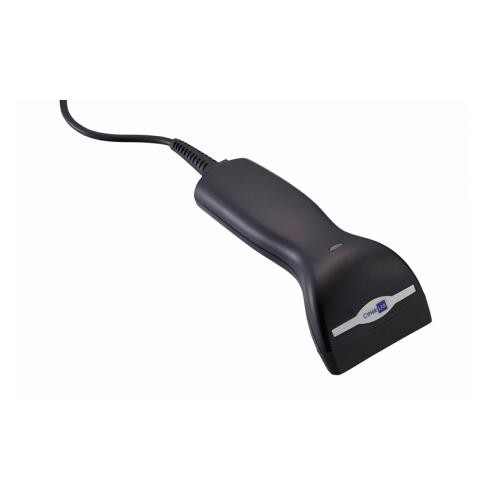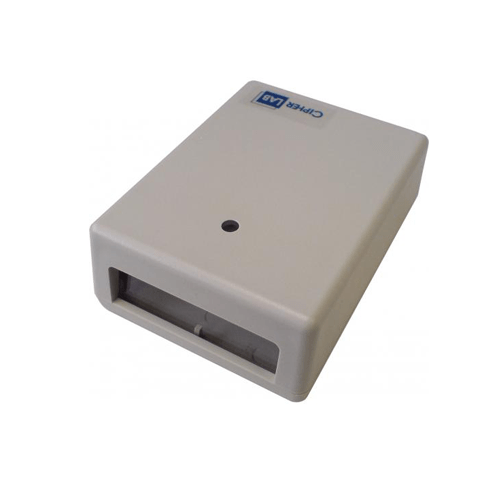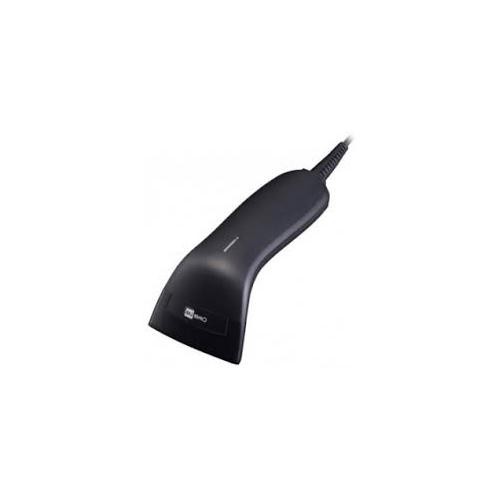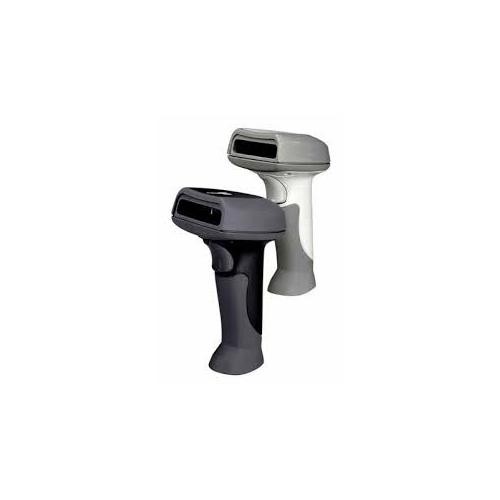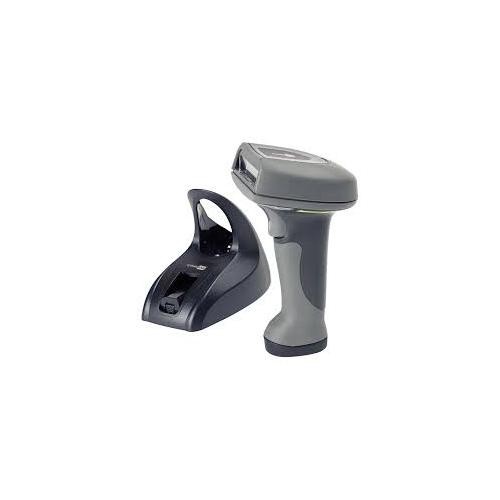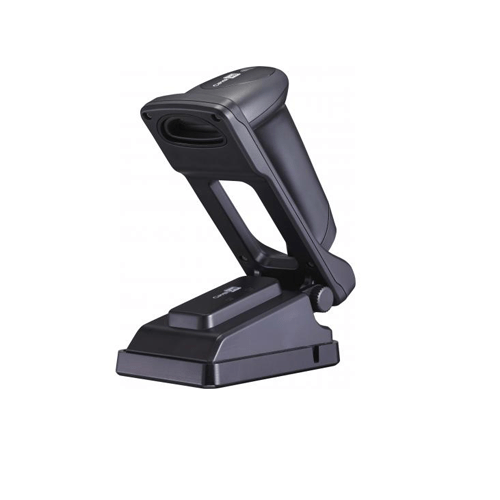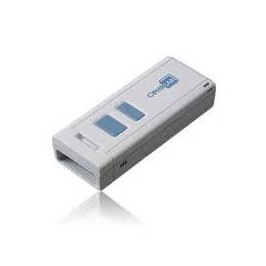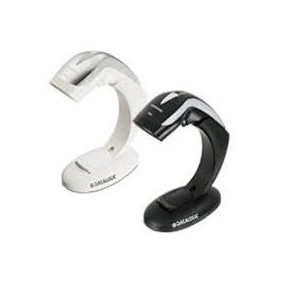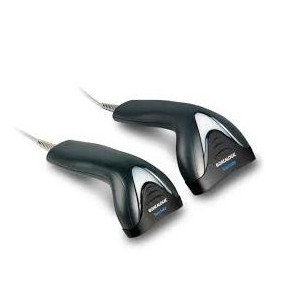CCD (Charge-Coupled Device) scanners are a type of image sensor technology commonly used in various devices, including scanners. CCD scanners work by converting light into electrical charges and then into digital signals, producing high-quality images with good color accuracy and resolution. Here are some key features and applications of CCD scanners:
Features of CCD Scanners:
- Image Quality:
- CCD scanners are known for producing high-quality images with excellent color accuracy and sharpness.
- They are capable of capturing fine details in scanned documents or images.
- Resolution:
- CCD scanners are available in various resolutions, allowing users to choose the level of detail they need for their scanning applications.
- Higher resolutions are beneficial for tasks requiring precision, such as scanning photographs or detailed documents.
- Depth of Field:
- CCD scanners typically have a good depth of field, allowing them to capture sharp images even when scanning three-dimensional objects or uneven surfaces.
- Low Light Sensitivity:
- CCD sensors are generally more sensitive to low light conditions compared to some other sensor types, making them suitable for scanning in various lighting environments.
- Color Fidelity:
- CCD scanners provide accurate color reproduction, making them ideal for applications where color fidelity is crucial, such as in graphic design or photography.
- Uniformity:
- CCD scanners often exhibit better uniformity across the entire scanning area, resulting in consistent image quality across the scanned document or object.
- Document Feeding:
- CCD technology is commonly used in flatbed scanners, where the document or image is placed directly on a flat glass surface for scanning.
- Some CCDs scanners are integrated into document scanners with automatic document feeders (ADFs) for handling multiple pages.
Applications of CCD Scanners:
- Document Scanning:
- CCDs scanners are widely used for scanning documents, especially in applications where high image quality and color accuracy are essential.
- Photograph Scanning:
- Due to their high resolution and color fidelity, CCDs scanners are suitable for digitizing photographs, slides, and negatives.
- Graphic Design:
- Professionals in graphic design and printing industries often use CCDs scanners for capturing high-quality images for various design projects.
- Art and Archiving:
- Museums, art galleries, and archives use CCDs scanners to digitize and preserve artworks, historical documents, and other valuable materials.
- Medical Imaging:
- CCDs scanners may be employed in medical imaging applications, such as digitizing X-ray films or other diagnostic images.
While CCDs technology offers excellent image quality, it’s worth noting that newer technologies, such as CMOS (Complementary Metal-Oxide-Semiconductor) sensors, have gained popularity due to their lower power consumption and cost. However, CCDs scanners remain a preferred choice in applications where image quality and color accuracy are paramount.

